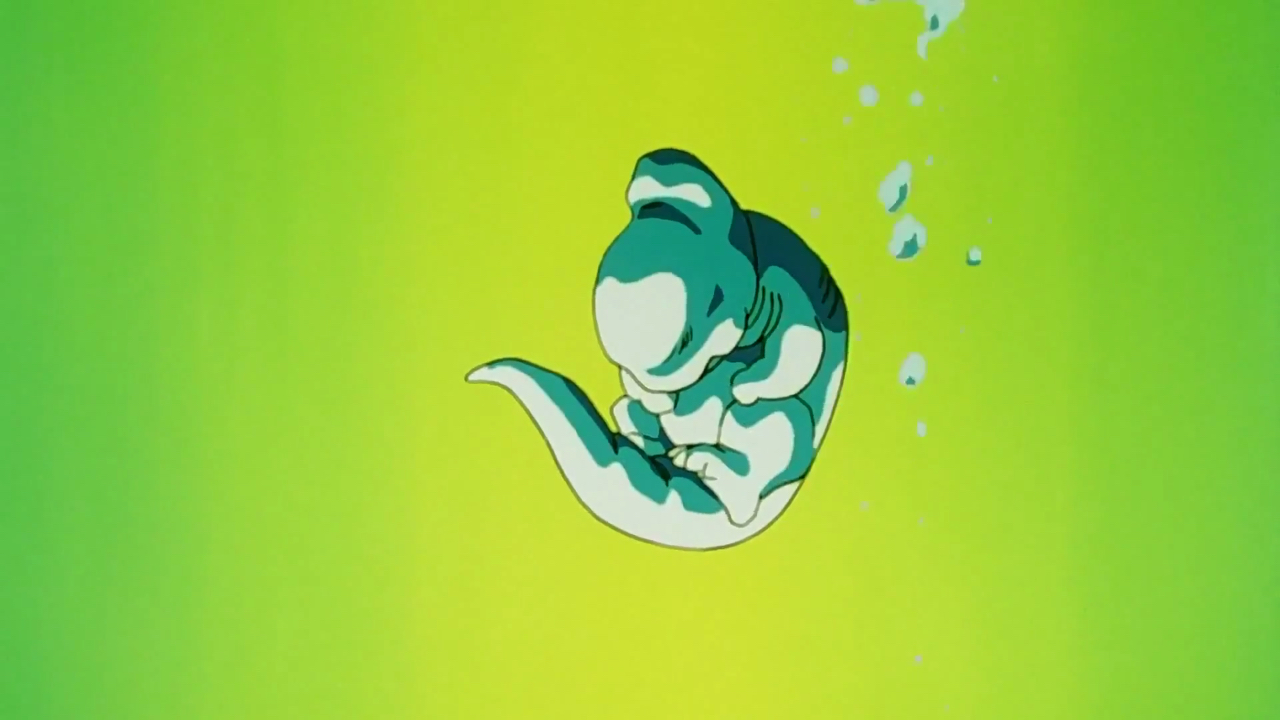From a recently published paper in The Journal of Experimental Biology.
http://neurosciencenews.com/parasitic-wasp-spider-zombie-2375/
Video: "Manipulated spider forced to express fibrous decoration"

Video: "Sequence of web manipulation of Cyclosa argenteoalba"

NSFL Video: "Parasitoid sucking its host spider dry and weaving a cocoon on the web"
Some wasps have unpleasant habits. Hijacking an unsuspecting insect or spider, parasitic wasps incapacitate their hapless victims by taking control of their nervous systems and turning them into zombies. Once the wasp has its victim in its clutches, it deposits its egg on or within the victims body, ready for the next generation to develop. Keizo Takasuka from Kobe University, Japan, explains that one particular wasp, Reclinervellus nielseni, turns its spider targets (Cyclosa argenteoalba) into drugged navvys whose final act is to construct a tough cocoon web from the original orb web to protect the developing wasp pupa after the spiders death.
Analysing the cocoon webs, Takasuka was struck by their similarity to the resting webs, complete with fluffy decorative structures. And when Takasuka analysed the spiders behaviour as they constructed the cocoon webs over a 10 h period, he saw that the manipulated spiders always constructed the new web on the site of the old orb web, painstakingly removing the sticky spiral first, then reinforcing the radial and frame threads and then adding the fibrous web decorations. And, when the web was complete and the wasp larva done with its spider slave, the larva directed the spider to return to the hub of the web before murdering it.
http://neurosciencenews.com/parasitic-wasp-spider-zombie-2375/
Video: "Manipulated spider forced to express fibrous decoration"

Video: "Sequence of web manipulation of Cyclosa argenteoalba"

NSFL Video: "Parasitoid sucking its host spider dry and weaving a cocoon on the web"








